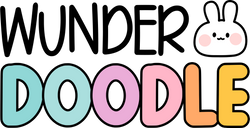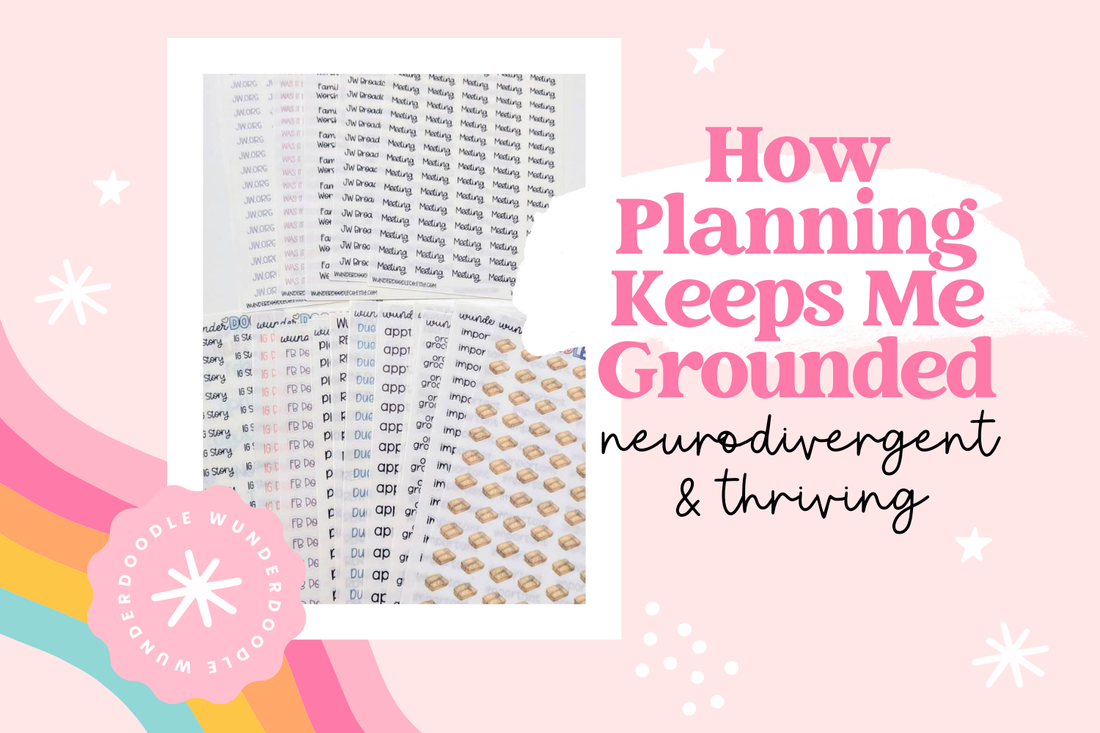Life as a neurodivergent person can feel like living in a whirlwind. My brain is a chaotic mix of creativity, hyperfocus, executive dysfunction, and an endless stream of thoughts vying for attention. As someone who was late diagnosed with both autism and ADHD, I spent years struggling with focus, motivation, and the rollercoaster ride that comes with depression and anxiety. It wasn’t until I truly embraced planning that I found a way to ground myself—giving my brain both the structure and the creative outlet it craves.
The Beauty of Planning: Structure Meets Creativity
Planning, for me, is the ultimate balancing act. My autistic traits love the structure, the predictability, and the joy of organizing my world into neat little boxes. There’s something deeply satisfying about laying out my week, breaking down my goals, and knowing what’s coming next. It gives me a sense of control over my life—something that my anxiety often tries to take away from me.
But here’s where my ADHD jumps in and says, “Hey, let’s make this FUN!” While my autistic side craves order, my ADHD thrives on novelty. I can’t just have a bland planner with basic black-and-white lists. I need colors, quirky stickers, and layouts that spark joy. That’s why I started Wunderdoodle—because I needed planning tools that kept my brain engaged while still being functional. My ADHD loves the freedom of designing my own stickers, creating fun themes, and making each week feel fresh and exciting.
How Planning Helps Me Stay Focused and Motivated
Executive dysfunction is one of the biggest challenges I face. Knowing what I need to do and actually doing it are two very different things. Planning bridges that gap by breaking overwhelming tasks into manageable steps. Instead of a looming, impossible to-do list, I have bite-sized, achievable goals staring back at me from my planner.
I use planning to:
-
Prioritize my business tasks – Running Wunderdoodle means juggling product creation, marketing, customer service, and all the little behind-the-scenes details. Without a structured plan, I’d get lost in hyperfocus on one thing while everything else crumbles.
-
Manage my personal life – From remembering appointments to scheduling downtime (yes, I have to plan my rest, or I’ll forget to take breaks!), planning helps me maintain balance.
-
Track my health goals – ADHD makes it easy to forget self-care. I use my planner to track medications, meals, hydration, and even sleep patterns. If it’s not written down, there’s a good chance I’ll forget it exists!
Planning as a Mental Health Tool
Depression and anxiety make it hard to feel in control of anything. When my mind spirals into negativity or self-doubt, my planner is a lifeline. It’s a tangible reminder of what I’ve accomplished, even on the hardest days. Crossing things off a list might seem small, but it gives me a sense of progress when my brain tells me I’m stuck.
I also use my planner for brain dumps—getting thoughts out of my head and onto paper so they don’t feel so overwhelming. Whether it’s writing down anxious thoughts to analyze later or keeping a running list of “wins” to remind myself that I’m capable, planning helps me manage my mental health in a way that feels approachable.
The Magic of Aesthetics: Keeping My ADHD Engaged
Let’s be real—if something isn’t visually interesting, my ADHD is going to lose interest fast. That’s why my planning process is a mix of functionality and fun. Bright colors, themed spreads, and, of course, stickers make planning feel like play rather than a chore.
Using stickers, doodles, and colorful layouts helps me stay engaged with my planner. If my planner looks boring, I’ll stop using it. But if it’s filled with little magical details, my brain is way more likely to keep coming back to it. Plus, designing my own stickers means I get to create exactly what I need to stay on track—whether that’s an ADHD-friendly habit tracker or a cute little “You Did The Thing!” sticker to celebrate small wins.
Finding My Flow with Planning
Planning isn’t about rigid schedules or forcing myself into a neurotypical mold. It’s about finding a system that works with my brain instead of against it. Some days, that means detailed lists and structured layouts. Other days, it’s just a blank page with doodles and a few scattered reminders. The key is flexibility—giving myself grace to adapt my planning style to how my brain is functioning on any given day.
Since embracing planning, I’ve felt more in control of my life, more motivated, and—most importantly—more at peace. It’s not about perfection; it’s about creating a system that supports me, in all my neurodivergent glory.
Planning has helped me build a business, take care of myself, and stay grounded in a world that often feels overwhelming. If you’re neurodivergent and struggling to find balance, I can’t recommend it enough. And if you need a little extra magic to make it fun, well… that’s exactly why Wunderdoodle exists.
So grab your favorite pens, pick out some stickers that make you smile, and let’s make planning an adventure!

